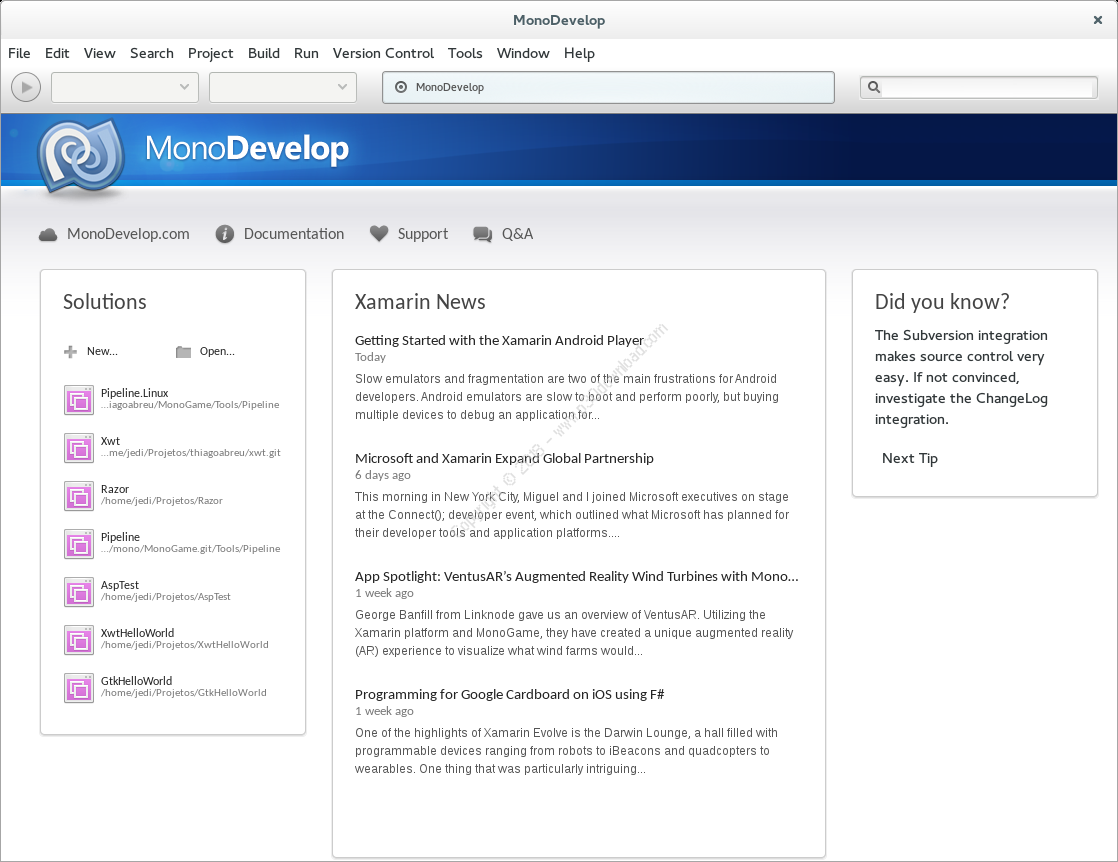
The problem is that learning a new language and API’s is tedious to say the least.

Having multiple platforms means that you reach a wider audience, there are more people using your app, and you make more money. The benefits of going cross platform are easy to see. For example, a mobile app development company might launch on Android and want to expand their options to iOS later on. At some point, a mobile app development team will run into the problem of wanting to run an app on a platform it was simply not designed for. Windows users also have a sense of dedication to their brand, and that can be useful when launching an app. There are advantages to each platform, with Google having the highest number of users while Apple users tend to pay more for apps. Unless you are a multi-skilled app developer, your coding skills are specific to one of the three.


For many mobile app development companies, the crucial decision comes down to deciding on which platform they want the app to run on and work in a native environment. The majority of the mobile software market is held by Google’s Android platform, followed by Apple’s iOS, and to a small degree, Microsoft’s Windows mobile platform. With advancements in mobile technology, smartphones and tablets are continually evolving into more functional and practical mobile devices, forming an integral part of our daily lives.


 0 kommentar(er)
0 kommentar(er)
